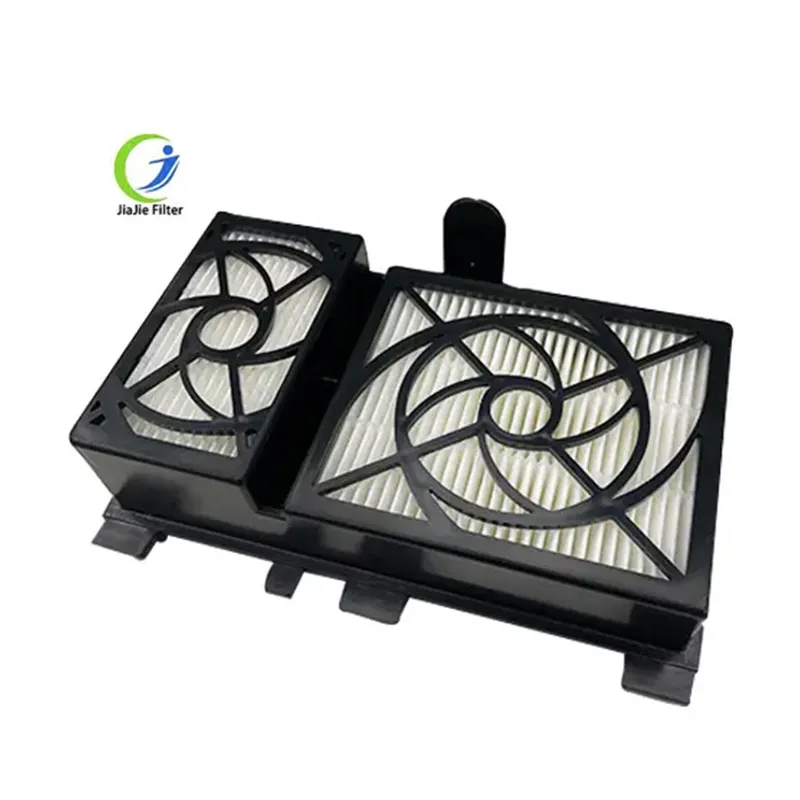In conclusion, the rise of LED neon wall light companies marks a significant shift in contemporary design and decor. Their innovative products offer a blend of creativity, energy efficiency, and customization, appealing to a wide range of consumers. With the support of social media, influencer marketing, sustainability practices, and technological advancements, these companies are not just lighting up our walls; they are illuminating our lives in vibrant and exciting ways. As we look to the future, it is clear that LED neon wall lights are more than just a trend; they are a permanent fixture in the landscape of modern interior design.
 Home
Home










